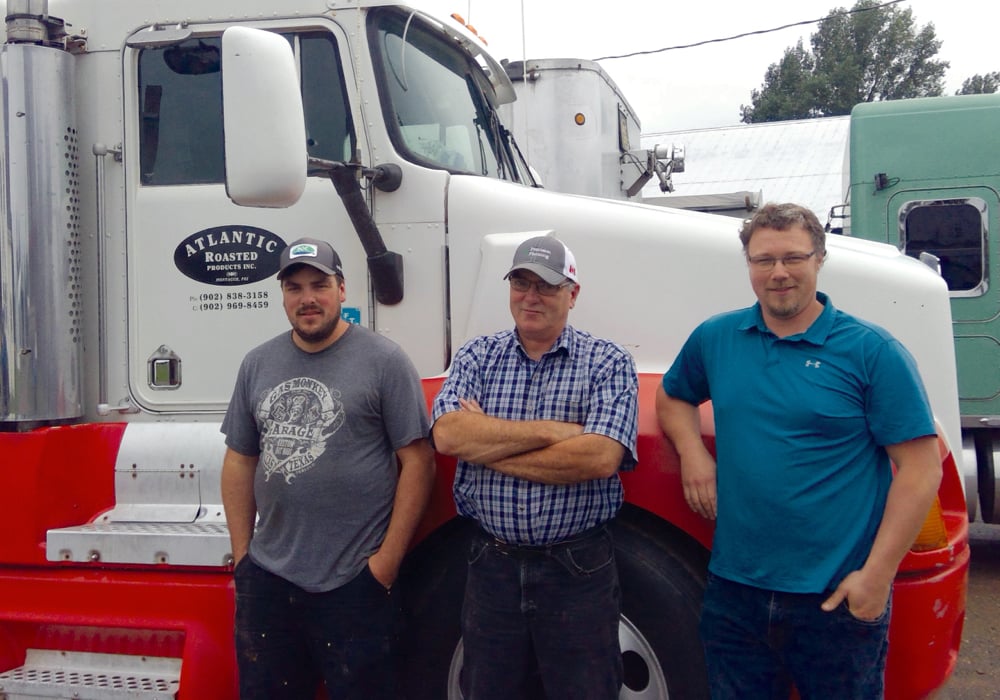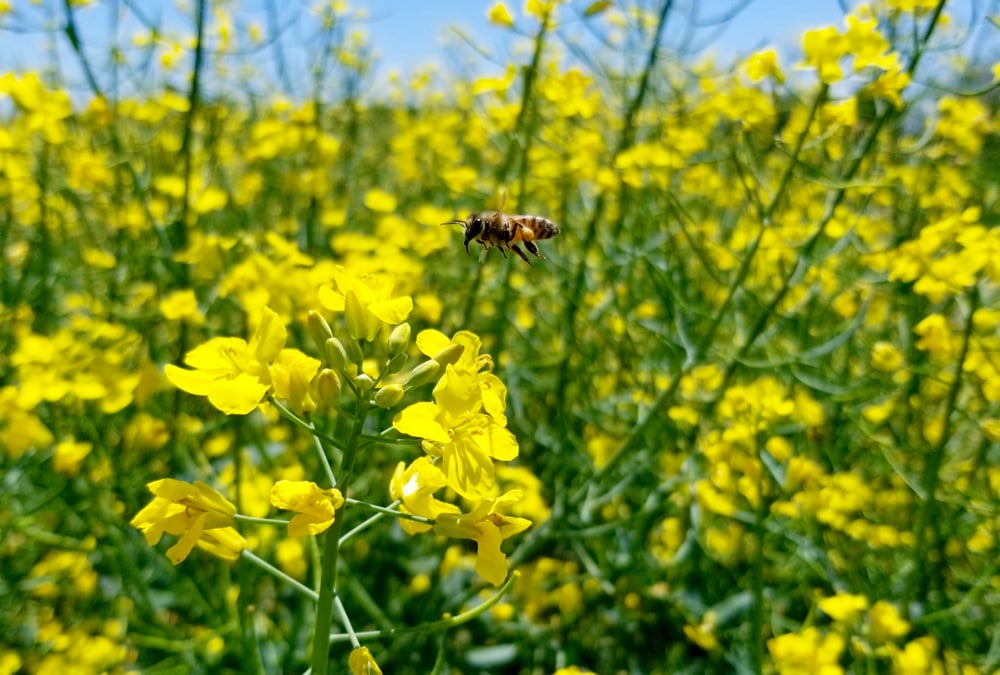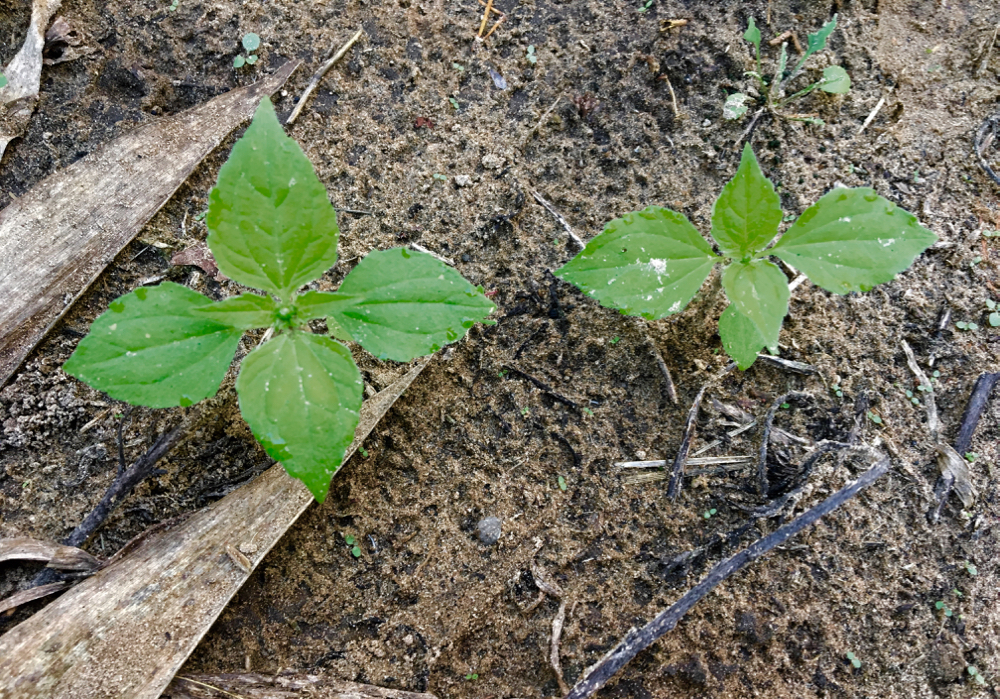It was in the wide-open spaces of Saskatchewan where the trend was perhaps most apparent a few short years ago. A one-two combination had suddenly brought a lot of new attention to farming and farmland. First, crop prices spiked, creating attractive margins for the first time in a generation. Then, predictably, farmland followed suit, as prices on some of the most undervalued farmland on the continent began a string of double-digit increases.
Some of that excitement rose from predictable sources — farmers themselves bought land and grew their operations. More came from farmers and aggies with agricultural roots but with a new interest in the region. But much of the heat came from even further away. Recent immigrants backed by money from home saw opportunity in farmland, and so did Bay Street hedge funds.
Read Also

Producers aren’t panicking over tariffs and trade threats
The influence of tariff and trade uncertainity on farm business decisions.
Would this be the end of the family farm? In the end, even the free market Sask Party government of Brad Wall felt it had to step in, recently announcing new regulations to prevent non-farmers from buying Saskatchewan farmland, with the NDP only saying it didn’t go far enough.
Farm business analyst and farm management speaker Lane Stockbrugger says it’s not surprising this happened. Agriculture typically starves for capital for years on end, punctuated by brief, intense periods of interest when non-farmers suddenly see what look like unbeatable numbers.
“They see good margins in production and rising land values,” Stockbrugger says, “and they think they can’t lose.”
Of course, those with more experience in the sector could tell them it’s not only possible to lose, over time, it’s likely. Agriculture is and always will be a cyclical business, and managing through the downs is at least as important as enjoying the ups.
It would seem the latest raft of newcomers are getting a taste of this too. Crop prices have retrenched, demand has slipped, and margins have tightened to a point where many growers once again find themselves scratching for black ink when they pencil out their crop budgets.
Quietly, meanwhile, those newly minted corporate farms have one by one dropped by the wayside.
Sure, a few remain in the business of owning farmland and then leasing it back to farmers, but very few remain in primary crop production. It begs the question — can a large-scale non-family corporate farm ever truly work? Or will the family farm, in its many modern incarnations, always be the basic unit of production, albeit in ever-larger multi-generational operations that encompass more and more land, and more and more family members?

The question of commitment
Agriculture economist Alfons Weersink at the University of Guelph suspects we’re going to see an evolution, over time, of the existing family-based businesses, rather than a revolution driven from outside. Weersink believes the commitment that farm family operations bring to the challenges they face is very hard to replicate in a business model where employees run the farm and don’t share the risk and rewards in the same way.
In his view, it’s why existing farms have grown and taken on new management structures like incorporation and ownership stakes in multiple farms, but it’s still rare to see a newcomer enter the business and make a go of it.
“There are all kinds of business structures out there,” Weersink says. “However, if you really look at these operations, behind the structures, they’re still mostly family businesses.”
In large part, Weersink says, the issue with non-traditional farms might be that too much attention is paid to capturing economies of scale, without truly understanding how that function works. The research on the topic is quite clear — economies of scale do work in farming, but only to a point. Eventually, if the farm gets too big, a tipping point is reached where there are simply too many details to manage effectively and productivity begins to suffer — call it an economic death by a thousand cuts.

Yes, over time, the maximum sustainable size is going up as equipment grows larger, agronomic systems are refined and other advances occur. Successful farms are definitely getting larger — but only so large, and only so fast.
“If you’re small, and you get larger, your cost of production falls,” Weersink says. “But if you’re large and get too large, your cost of production can actually rise.”
But didn’t WalMart face that same challenge?
Or perhaps the old theories could get disrupted by new technology, Stockbrugger says. Advances are happening so fast, it’s tough to tell where it will all end, but it could wind up with “smart” machines being able to make many of the decisions that farmers with very large operations don’t have the time to make for themselves.
“Five or 10 years ago, if we talked about an autonomous, largely solar-powered robot that would scout our field for weeds, and perhaps even kill those weeds, nobody would have believed us,” Stockbrugger says. “I don’t think many would now doubt that something like that is conceivable in the future.”
It opens the door to the intriguing possibility that farming will undergo a transformative technology revolution in the coming years that’s every bit as profound as the one that’s been radically altering other sectors of the economy, often to the point they’re unrecognizable.
Growing a mega-farm
Stockbrugger has a sneaking suspicion that if we do see the rise of mega-farms, it will be exactly that — the growth of them from today’s group of operations, rather than from some whiz-kids dropping in from the outside to show those yokels how it’s done.
“I don’t want to say that you can only come into farming by blood, because that’s not so — there are examples of successful farms that have been established by people with no prior history in the business — but not having that background does make it more difficult,” Stockbrugger says.

He and his brother and business partner, Lance, might be a good example of this. They’re from a farm family; the first Stockbrugger farmed the home place in 1909. Both grew up on the farm, but the untimely death of their father in a road accident in the early 1980s saw the family leave the business.
Later when older brother Lance was in university and Lane was still just in Grade 11, the pair began farming a single quarter section. Over the years, while working full time, they grew an operation that now encompasses 4,000 acres and supports both brothers, though Lane says both continue to dabble in consulting and public speaking, after his recent resignation from his long-term post at Farm Credit Canada. He admits the road from there to here was at times a bumpy one, but says the pair stuck with it in no small part because they had both financial skin in the game and family pride at stake.
“There’s just this tremendous feeling of pride and accomplishment that comes with operating the family farm, and knowing that the first member of your family farmed it in 1909,” Stockbrugger says. “That’s certainly not unique to us — I think most farmers feel exactly the same way. It’s why they’re able to have this level of commitment to a business that’s extremely challenging many times.”
In fact, Stockbrugger says as a group they’re so committed they can get themselves into trouble from caring too much — to the point of eroding their equity in an effort to keep a farm from going down, rather than, for example, making a difficult but more dispassionate decision to cut losses early and move on.
Battle tested
In fact, there can be upsides to a period of tougher times, though Stockbrugger, like other farmers, acknowledges that it sure won’t feel like it at the time.
It’s out of some of the toughest times that agriculture has found its greatest achievements. When margins are lean, growers begin to focus on cost containment, then turn their eyes to innovative new strategies that might give them a leg up. Necessity drives invention.
Probably the classic example of this is zero till, and how it swept over the Prairies a generation ago. It was first bandied about in the 1970s, and bleeding-edge innovators were pursuing the technique with an eye to soil conservation — but over time it became apparent the system was at least as big an economic winner. It eliminated multiple field operations, reduced machinery wear and tear and in many ways paved the way for a growth spurt in farm size.

It’s likely another such wave could be just around the corner — but it’s not exactly clear what it will be. Perhaps technology-based precision agriculture will make farming truly high tech? Or will a more economically and environmentally efficient system enhance margins by reducing costs? Or will biotech innovations create new markets? Or is there an idea that hasn’t even been thought yet?
Weeding through all the options can be daunting, and wrong choices can lead you on wild goose chases.
“It’s a tough decision,” Stockbrugger says. “Do you want to be bleeding edge? Leading edge? An early adopter? All have risks, including the risk of doing nothing and waiting too long.”
In order to make sense of the chaos, he says Stockbrugger farms will be keeping a close eye on some key issues in the coming seasons:
- Cost containment will be at the top of the list, making sure that the operation is spending its money wisely and targeting expenses to where they’ll do the most good, i.e. building efficiency and ultimately profitability.
- Building and maintaining an equity “war chest” will also be a top priority, both to help the operation weather any downturns, but also to position it to be able to take advantage of any opportunities. It’s no secret that some of the farmers who expanded during the last downturn, using the opportunity to hunt for land and equipment bargains, ultimately fared better than others who built in better times.
- The final goal will be to build better business relationships. That might sound a bit mom and apple pie, but Stockbrugger says there’s a sound business case for paying attention to the human side of the equation. “When you get the text everyone gets, ‘Canola at $10.50 a bushel, limited space,’ it’s too late,” he says. “You want to get the pre-call.”
By building these relationships, you strengthen your market position and can garner some of the intangible but important benefits, like that break on grading, for example.
Guelph’s Weersink says he’ll be encouraging growers to remember that there’s no one size fits all. Some small farms are very profitable, and some large farms too. Still, here are limits, and he encourages expansion-oriented farmers to figure out where the productivity sweet spot for size is for their type of farm, and to grow with that as a goal. Says Weersink: “It should help them identify opportunities.”
















